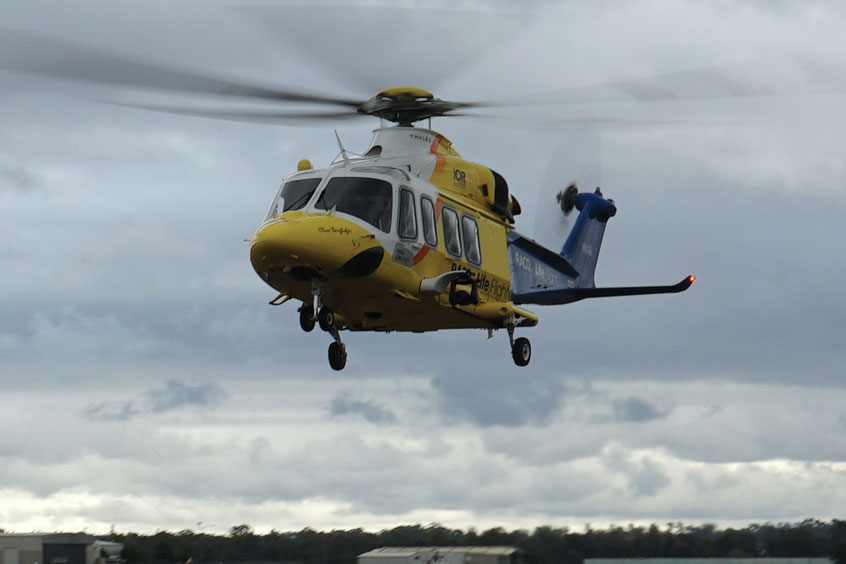Why visit ACE ’25?

LifeFlight Australia has clocked up 10,000 flying hours with its fleet of Leonardo AW139 helicopters. The aeromedical service, which has a 40-year history of saving lives in Queensland, Australia, operates ten RACQ LifeFlight Rescue helicopters, including five AW139s.
One month shy of the five-year anniversary of its first AW139 taking off on its maiden mission for LifeFlight, the service officially ticked over 10,000 hours during a night shift earlier this month.
“Reaching 10,000 flying hours is a reflection of what can be achieved when you pair some of the world's best aircraft with highly skilled aviation specialists,” says LifeFlight CEO Ashley van de Velde. “The AW139 is a proven helicopter, operating in more than 80 countries. It has spent millions of hours in the air and is versatile. It suits the varying environments in which we work and the wide-ranging missions undertaken by our teams.”
After the first AW139 took to the air over Queensland in 2015, LifeFlight added another later that year, with more 139s joining the fleet in 2016 and 2018. Each of the helicopters is fitted out for search and rescue, winching and aeromedical retrieval. Typically, they are crewed with a pilot, co-pilot or aircrew officer, an RACQ LifeFlight Rescue critical care doctor and a flight nurse or paramedic.
“The size and versatility of the AW139s has essentially allowed us to turn these aircraft into flying intensive care units. The configuration of the 139s and the medical staff on board enable us to start treating injured or sick people while on scene and in-transit,” van de Velde adds.
RACQ LifeFlight Rescue helicopters operate out of six bases, three of which are AW139 bases. Due to the nature of the missions assigned to them, the Brisbane-based aeromedical crews clock up the most flying hours. The rotary fleet, which also includes three Bell 412s, a BK117 and an AS350 performed more than 2,000 missions last financial year. The five Leonardo AW139 are rotated throughout the bases, depending on operational needs and engineering schedules.
“This 10,000 hour milestone is a testament to our incredible team of LifeFlight engineers and crews, along with all of our support staff who contribute to the success of our operations,” van de Velde concludes.